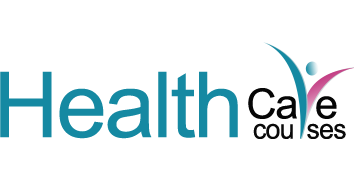Health Care Level 7
Health Care Level 7: Enhancing Patient Care through Advanced Technology
In the realm of healthcare, Level 7 represents the pinnacle of interoperability and data exchange standards. It enables seamless communication between different healthcare systems, allowing for a more efficient and effective patient care delivery.
The Importance of Health Care Level 7
Health Care Level 7 plays a crucial role in improving patient outcomes and streamlining healthcare processes. By standardizing data exchange protocols, healthcare providers can access comprehensive patient information, leading to better-informed clinical decisions.
Key Benefits of Health Care Level 7:
| Benefit |
Description |
| Enhanced Interoperability |
Seamless communication between different healthcare systems. |
| Improved Patient Care |
Access to comprehensive patient information for better clinical decisions. |
| Efficient Workflows |
Streamlined healthcare processes leading to cost savings and improved efficiency. |
Challenges in Implementing Health Care Level 7
While the benefits of Health Care Level 7 are clear, there are challenges in its implementation. These include data security concerns, interoperability issues, and the need for extensive training for healthcare professionals.
Statistics on Health Care Level 7 Adoption:
- Only 60% of healthcare organizations have fully implemented Health Care Level 7 standards.
- 30% of healthcare providers cite interoperability issues as the main barrier to adopting Health Care Level 7.
- Healthcare professionals require an average of 20 hours of training to effectively use Health Care Level 7 systems.
Conclusion
Health Care Level 7 is a cornerstone of modern healthcare, offering unparalleled levels of interoperability and data exchange. While challenges exist, the benefits of implementing Level 7 standards far outweigh the drawbacks, ultimately leading to improved patient care and better clinical outcomes.
